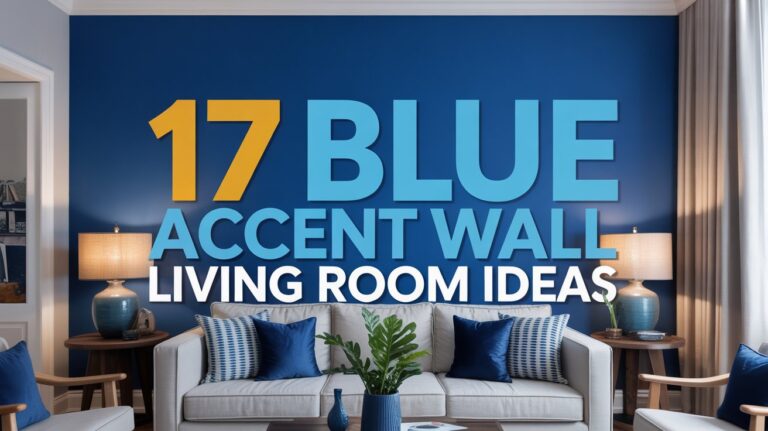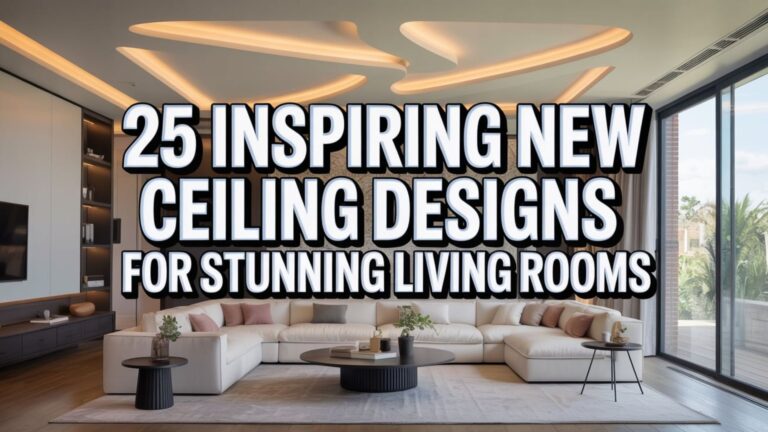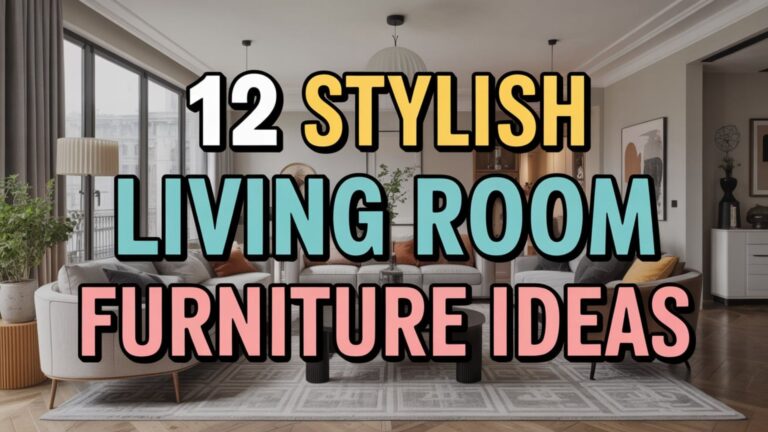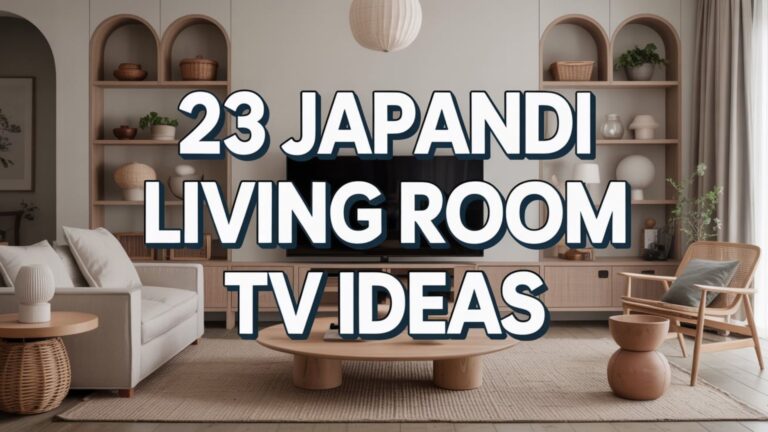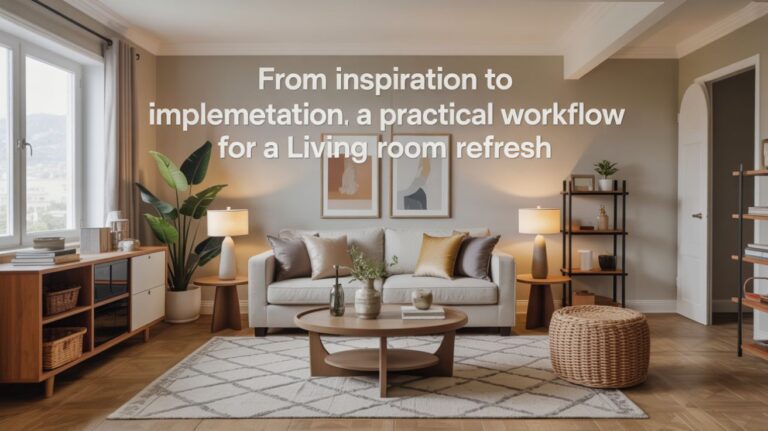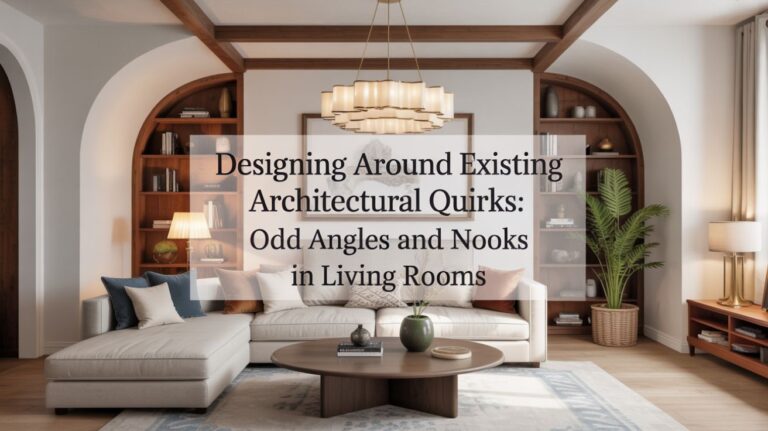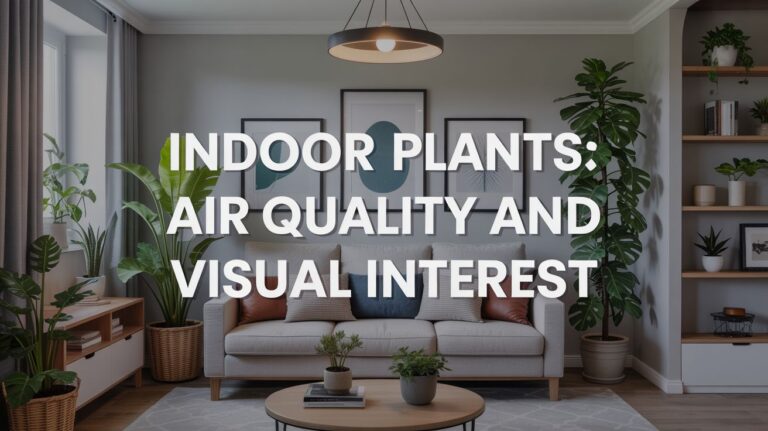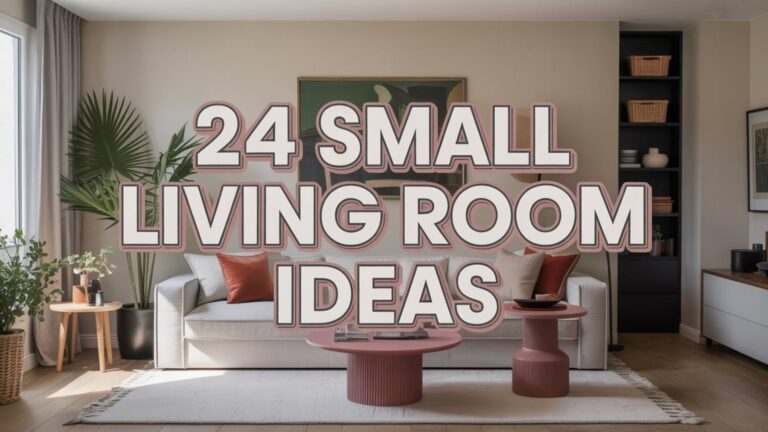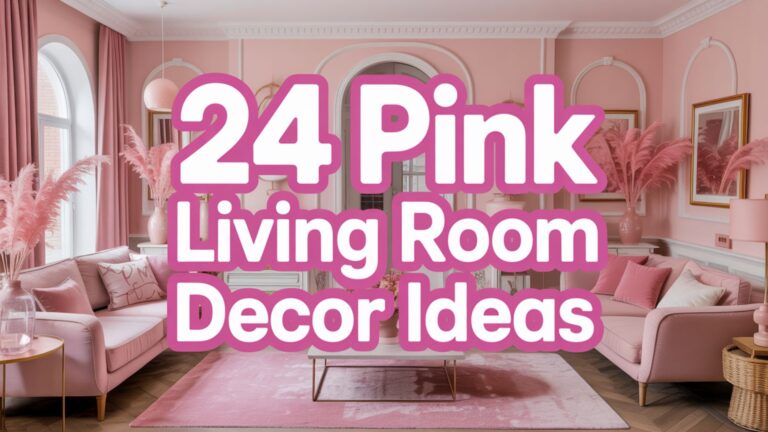17 Blue Accent Wall Living Room Ideas for Bold Style
A bold blue accent wall can completely transform the vibe of your living room, making it a focal point that exudes style and personality. Blue has long been appreciated for its calming yet striking presence, making it an ideal choice for creating a space that is both relaxing and visually captivating. Whether you prefer deep…
